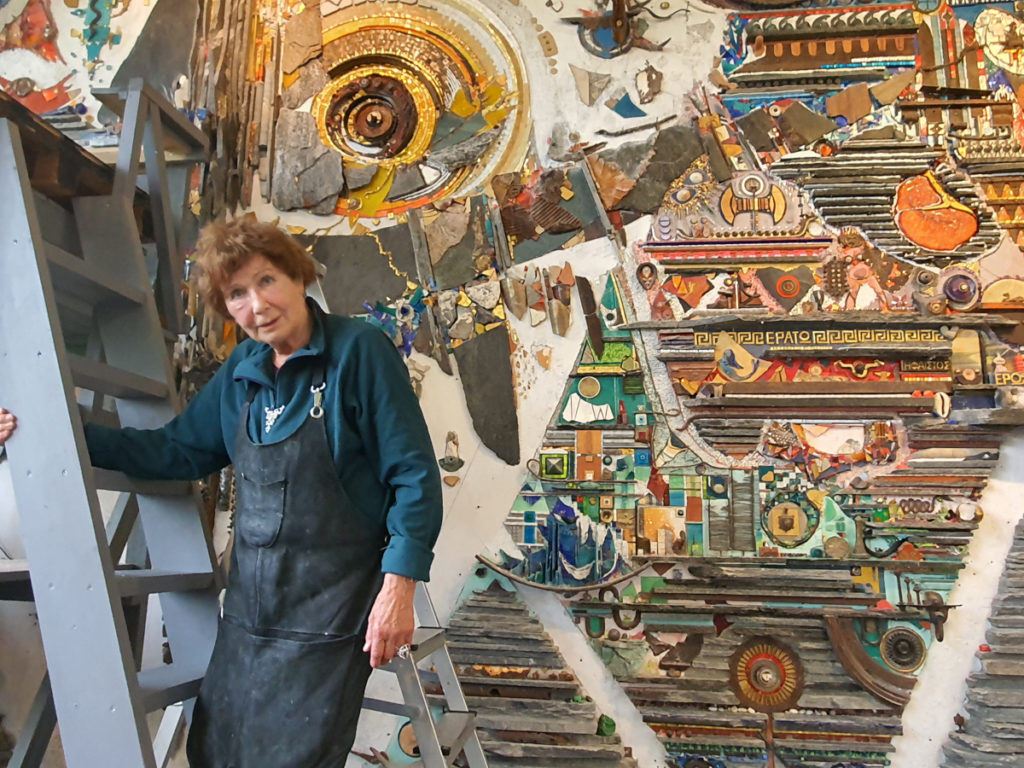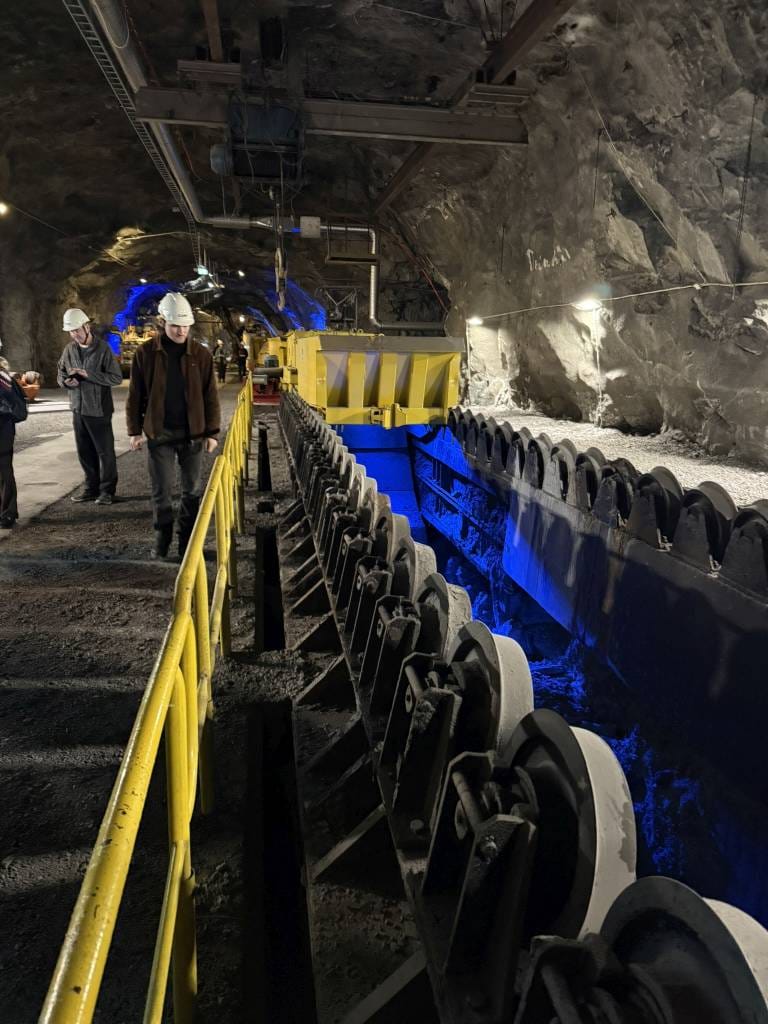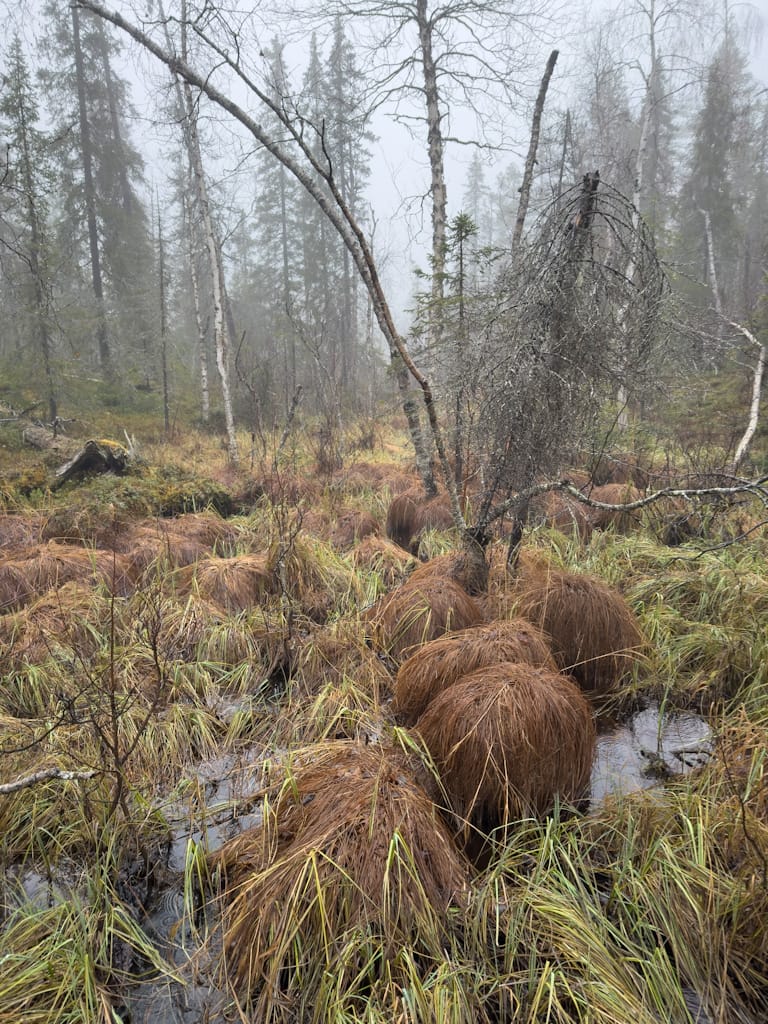
From Nordkapp to Kiruna: A Week of Unexpected Discoveries and Slow Travel

After the stimulating journey to Nordkapp, we left the northernmost point of Europe behind and set our sights on Alta, a picturesque town nestled among fjords. Our campsite offered an incredible view – snowy mountains loomed in the distance, while dark blue fjord waters shimmered in front of us. The play of colors as the sun set was breathtaking, a beautiful reminder of why we love this journey.

There we met three adventurous travelers from Pforzheim, Germany. They were racing against time to reach Nordkapp the next day and return home within six days – a whirlwind ride! Their determination was infectious, though it reminded us how grateful we are for the freedom to travel at our own pace.
The next day, we visited the "Cathedral of the Northern Lights," a modern architectural marvel. As we walked towards it, we noticed groups of young people heading in the same direction, and upon entering, we found ourselves amid a lively confirmation service. A kind lady handed us hymn books, and though we were unexpected attendees, we embraced the moment, enjoying the uplifting energy and spiritual connection in such a unique space.



From Alta, we ventured to the remote town of Kautokeino, driven by curiosity sparked by a documentary we had seen about a remarkable goldsmith couple, Regine and Hans Juhls. Perched on a hill overlooking the town, their workshop and home are nothing short of magical. What began as a small hut in the 1960s has expanded into a series of connected buildings, a testament to their creativity and dedication. Their love story, intertwined with their passion for Sami jewelry, has left an incredible mark on this isolated corner of Norway.









Meeting Regine in person, who still creates beautiful pieces at 85, was an honor. Learn more about Regine:

We even purchased a print of one of Hans' paintings, a colorful reminder of this special place that now brightens our RV’s interior.

Our next destination was Kiruna, a Swedish mining town that’s been on our bucket list for ages. The town is in the process of a remarkable transformation – the ground beneath it is unstable due to decades of iron ore mining, so they’re relocating the entire city. Walking through the old town, we passed rows of empty buildings awaiting demolition, a surreal scene that’s both spooky and fascinating. By 2025, they’ll even move the town’s historic church. Kiruna feels like a place in flux, holding on to its past while preparing for an uncertain future.
The slower pace of the last few days was a welcome change, so we decided to settle down for three nights at a local campsite. On Wednesday, we explored the town on foot, absorbing its strange beauty and history. Thursday brought a relaxing spa day, complete with a sauna and hot tub – the perfect antidote to the cool Swedish air. On Friday, we finally got to tour the mine, traveling 540 meters below ground to learn about the town’s mining heritage. It was an eye-opening experience.








Our week of slower travel peaked in a visit to Muttos National Park. Sweden’s national parks are always a highlight, and this one was no exception. We embarked on a four-hour hike to a waterfall, surrounded by thick fog that added a mystical quality to the forest. The silence, broken only by our footsteps, made it feel as we were walking through another world.







Reflecting on the past week, Annika and I realized how much we enjoy taking things slow. We don’t have to race from one destination to the next – this is our life now. Slowing down allows us to appreciate the beauty around us, immerse ourselves in new experiences, and connect more deeply with each place we visit.
We’re still adjusting to the idea that this is our “new normal” now, what a privilege. We are thankful.


